A bunion is a bony and often painful bump at the base of the big toe. The medical term for a bunion is Hallux Abducto Valgus, which describes the appearance of the condition in medical terms.
The main cause of a bunion is excessive pronation and excessively mobile 1st metatarsal. The reason why a bunion is sometimes considered a genetic condition is because having an excessively mobile metatarsal can be genetic.
The bunion occurs because as the foot pronates excessively, the bodyweight shifts away from the middle of the forefoot towards the big toe, increasing the pressure on it. When the 1st metatarsal more mobile, it is unable to withstand the extra weight so it deviates and rotates. Over time, the process of deviation and rotation becomes more obvious and worsens if left untreated.
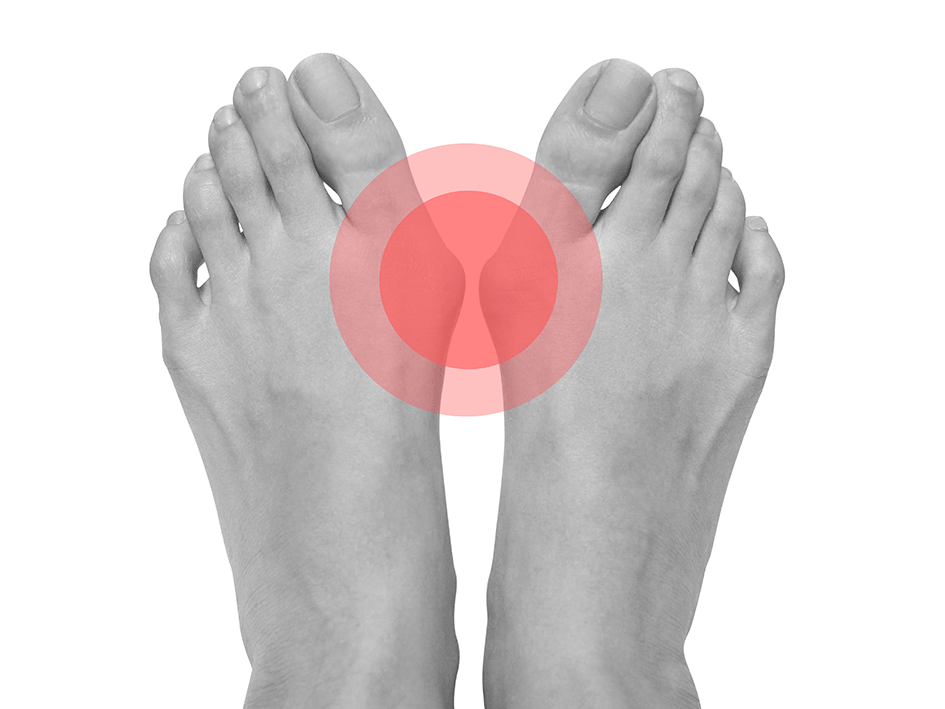
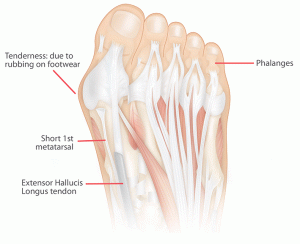
There are 3 stages to the development of a bunion
Early on, during the primary stage the deviation of the toe is not obvious, you may notice swelling or redness around the bulge on the side of the big toe, or it may be painful when you touch it.
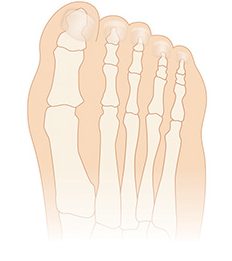
Primary Stage
As the condition continues to worsen and progress to the secondary stage, a callous can often develop on the side of your big toe. The deviation of your big to will also become more obvious as will the pain and discomfort. The bunion may also rub more frequently against the side of your shoe, causing you to change to the types of shoes you wear.
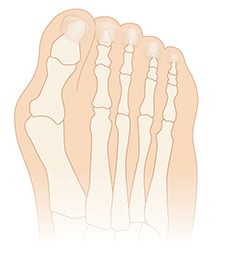
Secondary Stage
The final stage of the condition is called the tertiary stage. By now, the deviation of your toe is so severe your big toe passes over or under the second toe, the pain is significant and constant and walking is difficult.
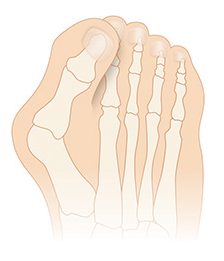
Tertiary Stage
Bunions that are in either the primary or secondary stage can be treated with Pedistep orthotics. The Pedistep orthotic will limit excessive pronation and reduce the pressure on the big toe removing the rotational force acting on it. The Pedistep orthotic cannot reverse the bunion, but it can prevent it progressing to the next stage.
A stage 3 bunion will often require surgery to straighten the toe and restore motion. If you don’t want surgery, then you may benefit from a prescription orthotic device like the ICB Medical range of heat mouldable orthotics, which is can be modified accommodate the condition, decrease pain and improve comfort.
Over the counter toe-separators or toe straitening, devices may help in straightening the toe cosmetically – but once the separator or straightener is removed, the bunion will return. This is why they are of limited use unless the excessive pronation is treated with a Pedistep orthotic at the same time.
